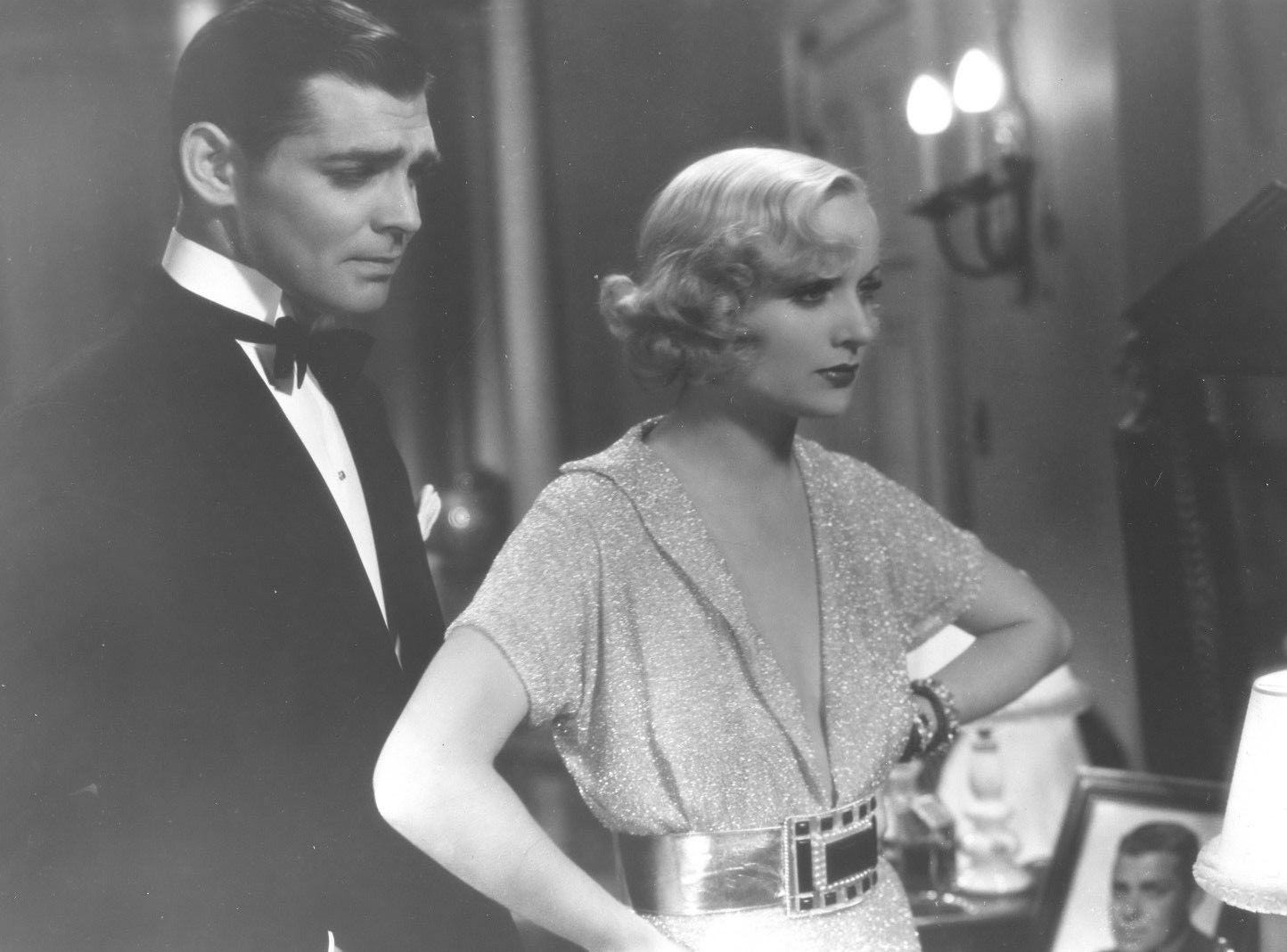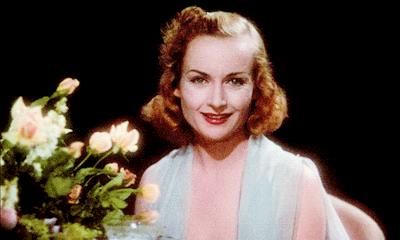TMS Muse of the Week: Carole Lombard
(Kobal Collection)
When it comes to legendary women who had a big impact on me personally, actress and comedienne Carole Lombard was a big figure. The Queen of Screwball Comedy as she was crowned by the press and film critics in the 1930s and continues to hold that title almost a century later. A stunning blonde with both comedic and dramatic range who wasn’t afraid to get her hands dirty or make a fool of herself for a movie bit. Born Jane Alice Peters on October 6th, 1908, Carole’s divorced, single mother Bessie decided to move her daughter and two sons from Indiana to southern California when Carole was 6 years old in 1914. Initially training to be an athlete while attending high school in Los Angeles, Carole was noticed by various Hollywood types who convinced her she was pretty and unique enough for film acting instead. While most movie fans associate her with comedy and her marriage to superstar Clark Gable, the former Midwesterner started her career cast as glamorous love interests and damsels in distress for both Fox and Pathé. Though she didn’t breakout with either studio, Carole’s work under her new stage name with bigshot filmmaker Mack Sennett in the mid-1920s was how she discovered her potential for slapstick.
It wouldn’t be until the blonde signed with Paramount, and especially when she met first husband, fellow movie star William Powell, that her career really started picking up. The pair began dating while co-starring in the pre-Code dramas of Richard Wallace’s Man of the World (1931) and Lothar Mendes’ Ladies’ Man (1931). Only a year later, Carole and Bill married, and the actress actually starred with her future second husband in Wesley Ruggles’ romantic drama No Man of Her Own (1932). But sparks did not fly initially as neither was available at the time. The following year in 1933, the Powells divorced amicably, and Bill would later personally recommend Carole as his co-lead in what would be her signature performance in Gregory LaCava’s My Man Godfrey (1936). In between Bill and Clark, Carole starred in Twentieth Century (1934), directed by her cousin, Howard Hawks; and a string of romantic comedies with Fred MacMurray, including Mitchell Leisen’s Hands Across the Table (1935) and Walter Lang’s Love Before Breakfast (1936). It was with these pictures Carole officially left supporting roles behind to become a leading lady after critics and fans began noting her natural comedic timing. Carole and Fred were a surprising, but popular, pairing on screen; and the poster for Love Before Breakfast, consisting of a glamorous portrait of Carole sporting a black eye, became an iconic image in pop culture.
(Paramount Pictures)
Carole’s efforts in Twentieth Century evolved into her two biggest screwball hits, My Man Godfrey and William Wellman’s Nothing Sacred (1937). The latter was also her only film in technicolor. Off camera, Carole had a rep for living it up on the town, spending nights and weekends at LA clubs, regularly winning dance contests and car races, and having dates with stars like George Raft, Cesar Romero, Anthony Quinn and David Niven. Growing up with two older brothers apparently rubbed off on the actress, since she was well known for her colorful vocabulary and not bothering to censor her language in public. As an adult, Carole converted to the Baha’i Faith along with her mother. At the prime of her stardom in 1936, Clark and Carole became reacquainted at a house party in the Hollywood Hills and decided to give it a go in real life. This quickly led to them moving in together once Clark’s separation from his second wife was legalized and the two officially married in 1939. Though Carole was at the top of her comedy game in the late ‘30s, she didn’t want to be pigeonholed into one genre and collaborated on two melodramas with director John Cromwell: Made for Each Other (1939) opposite Jimmy Stewart and In Name Only (1939) co-starring Cary Grant. She then moved into the 1940s as the female lead in Mr. and Mrs. Smith (1941), the one screwball comedy directed by Alfred Hitchcock, which was followed by Ernest Lubitsch’s all-star political satire To Be or Not to Be (1942).
Sadly, the classic Lubitsch romp would prematurely be the last film in Carole’s short, but memorable career. On January 16th, 1942, Carole was one of 22 passengers, including Bessie, who were killed in a TWA plane crash directly into Potosi Mountain in southern Nevada. Carole loved serving her country as much as making movies, and had just completed a whole promo tour selling war bonds throughout the US for WWII. The most persistent rumor over the years is that the star was eager to return to Clark after she heard he was becoming interested in his co-star Lana Turner. Whether true or not, the actor was so heartbroken over his wife’s death, he enlisted in the military even though he would have been considered too old at age 41. To me, Carole’s passing at 33 is extra tragic. Not just because her talent and efforts were cut so soon, but also because how much she cared and gave to the world. She had a great sense of humor, could act in any genre and was naturally beautiful. But she was also a dedicated worker and had a business sense when it came to filmmaking and participating in the war effort. She continued to play sports after becoming a screen star and managed her own farm and ranch with Clark when they were married. She struggled with fertility issues while trying to start a family with Clark, but maybe she would have considered adoption if she lived longer. She was a favorite actress of Cromwell, Leisen, LaCava and Ruggles to work with and was known for being the life of the party [or movie set]. I have a feeling if she had lived a full life, Carole probably would have started her own production company, much like her successor, sitcom legend Lucille Ball. The movie star definitely paved the way for Lucille as well as future romcom leads, specifically Diane Keaton, Meg Ryan and Drew Barrymore. Carole is one of the biggest losses in Hollywood history and we should continue to remember and honor her.






